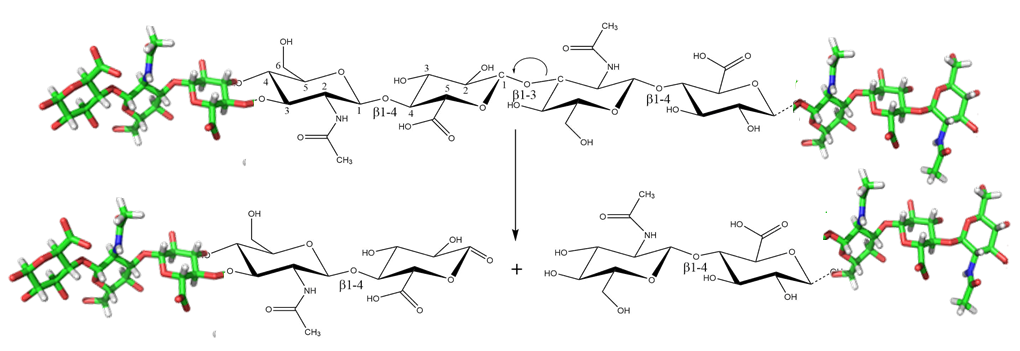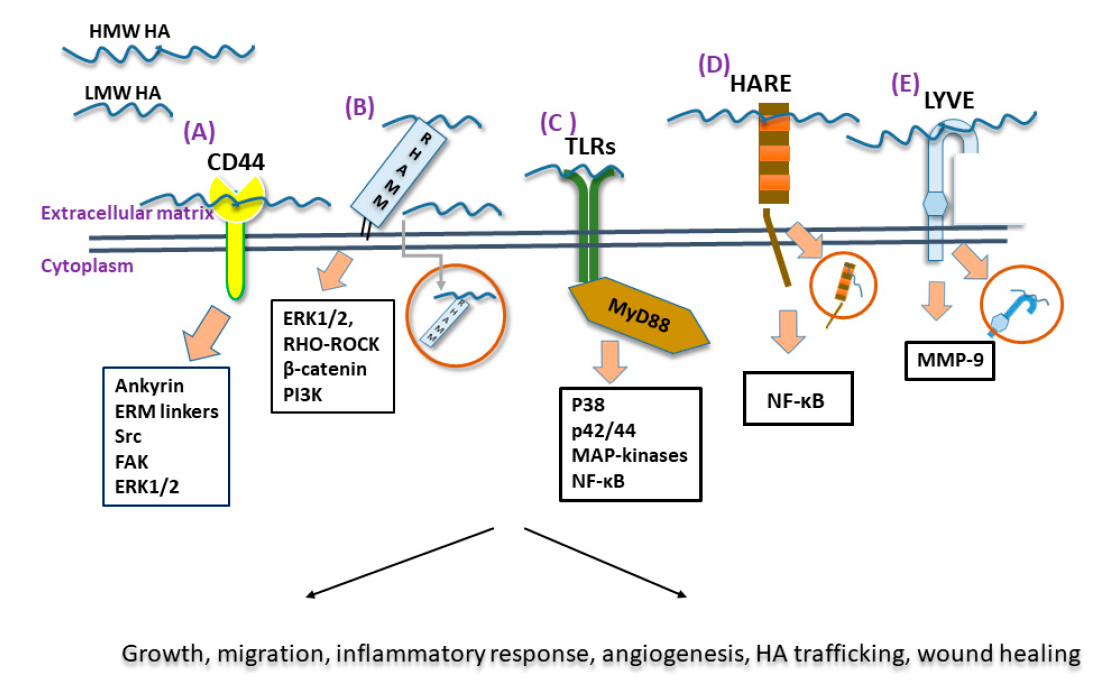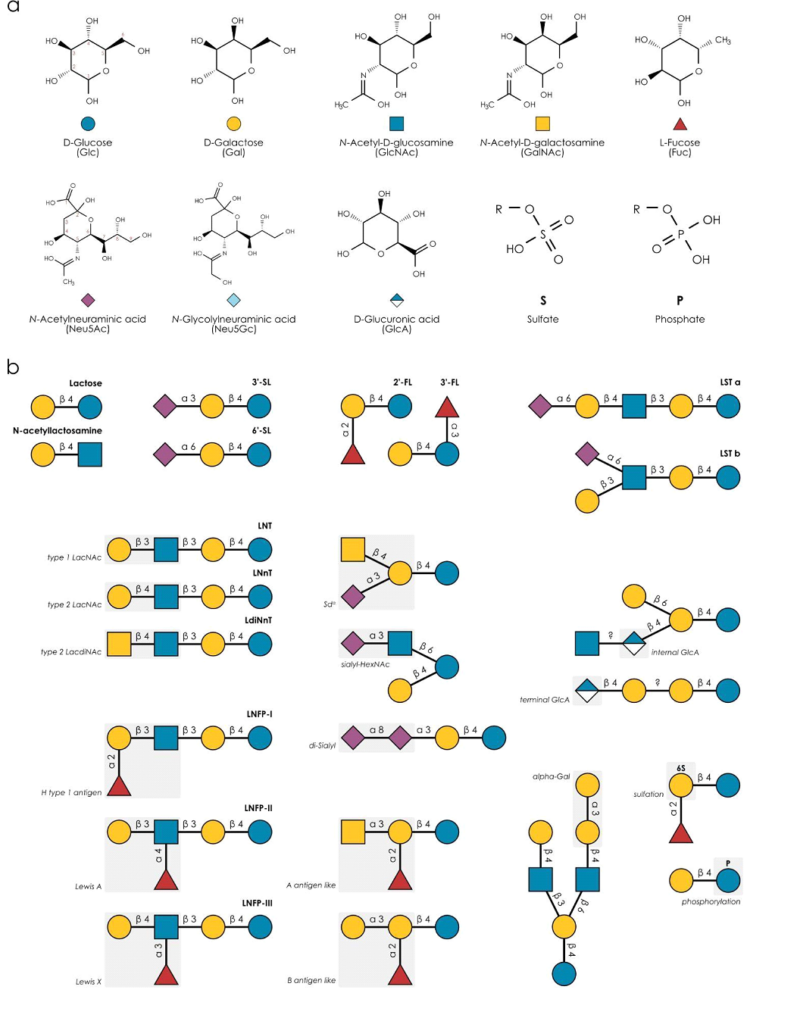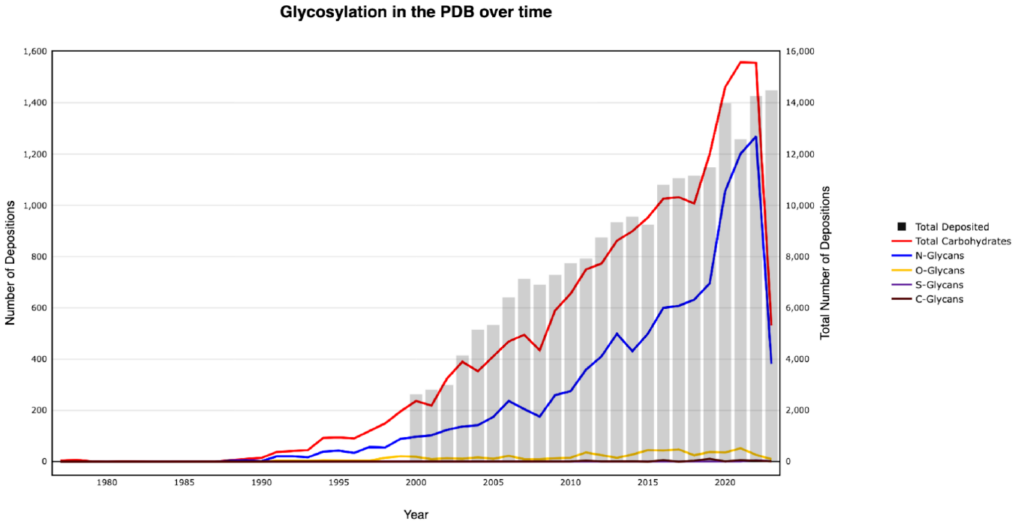Hyaluronan (HA) is a naturally occurring non-sulfated glycosaminoglycan (GAG) localized to the cell surface and the tissue extracellular matrix (ECM). It is composed of disaccharides containing glucuronic acid and N-acetylglucosamine is synthesized by the HA synthase (HAS) enzymes and is degraded by hyaluronidase (HYAL) or reactive oxygen and nitrogen species (ROS/RNS) actions. HA is deposited as a high molecular weight (HMW) polymer and degraded to low molecular weight (LMW) fragments and oligosaccharides.

HA affects biological functions by interacting with HA-binding proteins (hyaladherins). HMW HA is anti-inflammatory, immunosuppressive, and antiangiogenic, whereas LMW HA has pro-inflammatory, pro-angiogenetic, and oncogenic effects. ROS/RNS naturally degrade HMW HA, albeit at enhanced levels during tissue injury and inflammatory processes. Thus, the degradation of endothelial glycocalyx HA by increased ROS challenges vascular integrity and can initiate several disease progressions. Conversely, HA exerts a vital role in wound healing through ROS-mediated HA modifications, which affect the innate immune system. The normal turnover of HA protects against matrix rigidification. Insufficient turnover leads to increased tissue rigidity, leading to tissue dysfunction. Both endogenous and exogenous HMW HA
have a scavenging capacity against ROS. The interactions of ROS/RNS with HA are more complex than presently perceived and present an important research topic.




